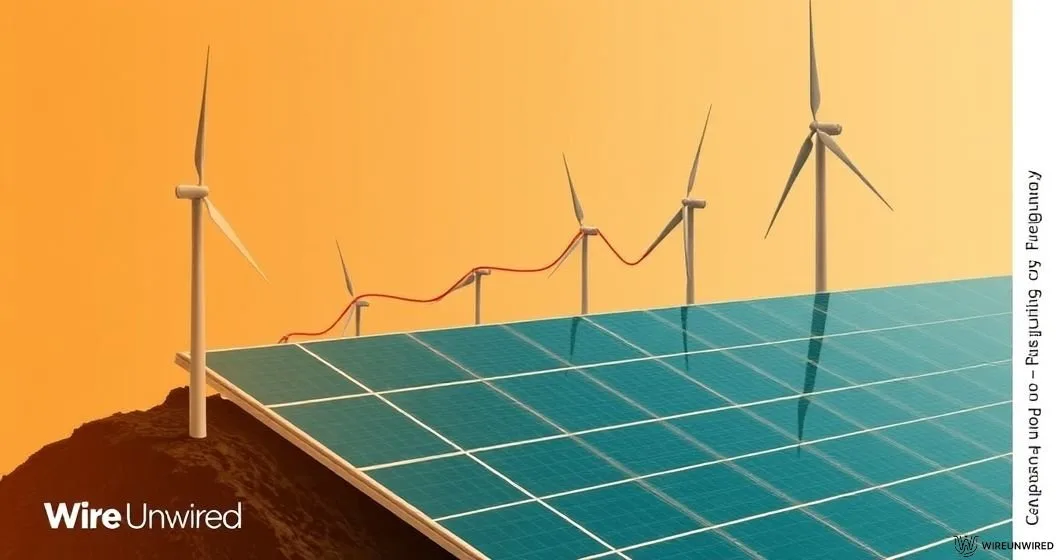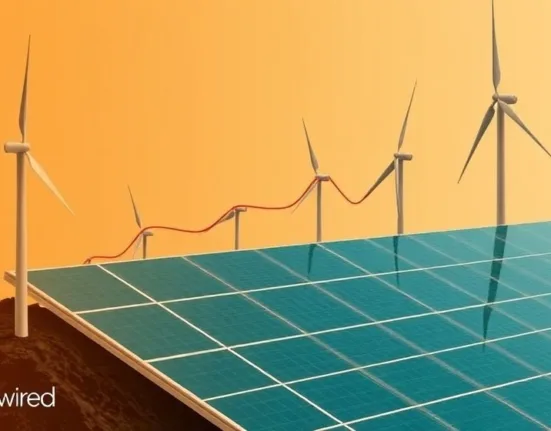Renewables Overtake Coal in Global Electricity: A New Era for Clean Energy
- by Abhinav Kumar
- 18 October 2025
- 2 minutes read

Key Insights
- Renewable energy sources surpassed coal in global electricity generation for the first time in the first half of 2025.
- Solar and wind drove the shift, with China and Asia playing pivotal roles in sustaining growth.
- Experts highlight the need for robust power purchase agreements and grid modernization to ensure stable, sustained progress.
Renewable energy has officially surpassed coal as the world’s largest source of electricity, marking a pivotal milestone in the global transition to cleaner power. In the first half of 2025, renewables generated 34.3% of global electricity, overtaking coal for the first time on record. This moment signals not only a structural shift in the global energy mix but also sets the stage for the next phase of the energy transition .
Solar and Wind Lead the Surge In This Renewable Overtake
The primary drivers of this transformation are solar and wind energy, which have rapidly scaled to meet growing global electricity demand. Even as consumption continues to climb, particularly in emerging economies, the expansion of renewables has kept pace. China, already the world’s largest producer and consumer of electricity, played a decisive role, with aggressive investments and policy support accelerating the deployment of new solar and wind capacity. According to France24, China’s leadership was instrumental in tipping the balance globally.
Also Read :Base Power Raises $1 Billion to Revolutionize Home Battery Storage
Industry and Global Reactions On Renewable surpassing Conventional Energy Sources.
The milestone has been widely praised by environmental organizations and energy industry leaders, who view it as a turning point for climate action and a validation of years of investment in clean technologies. Social media platforms erupted with optimism, with many users expressing hope that this achievement brings the world closer to meeting international climate targets.
However, not all reactions are unreservedly positive. Some analysts caution that significant challenges remain ahead. Grid stability is a top concern, especially as the share of variable renewables increases. Regional disparities in the adoption of clean energy persist, with Asia and Europe advancing rapidly, while some regions lag behind due to policy, infrastructure, or investment hurdles.
What’s Needed to Sustain Progress In Renewable Energy ?
Experts emphasize that maintaining momentum will require more than just continued investment in solar and wind. Power purchase agreements (PPAs)—long-term contracts that provide revenue certainty for renewable projects—are seen as critical in Asia and other fast-growing markets. These agreements help buffer against price volatility and encourage further private investment. Meanwhile, integrating carbon capture and storage (CCUS) in heavy industry is highlighted as a necessary step for achieving deeper emissions cuts, especially in sectors where electrification is difficult.
As one leading analyst noted:
“This is a historic achievement, but to ensure it’s more than a headline, governments and industry must now focus on grid modernization, cross-border cooperation, and supporting technologies like storage and CCUS.”
The Road Ahead
While the world celebrates this clean energy milestone, the path forward will require addressing technical and economic challenges. Modernizing electricity grids to handle higher shares of renewables, investing in storage technologies, and ensuring that developing regions are not left behind are all crucial steps. The global energy transition has entered a new era—one where renewables lead, but sustained effort and innovation will determine how far and how fast the world can go.
Discover more from WireUnwired Research
Subscribe to get the latest posts sent to your email.







